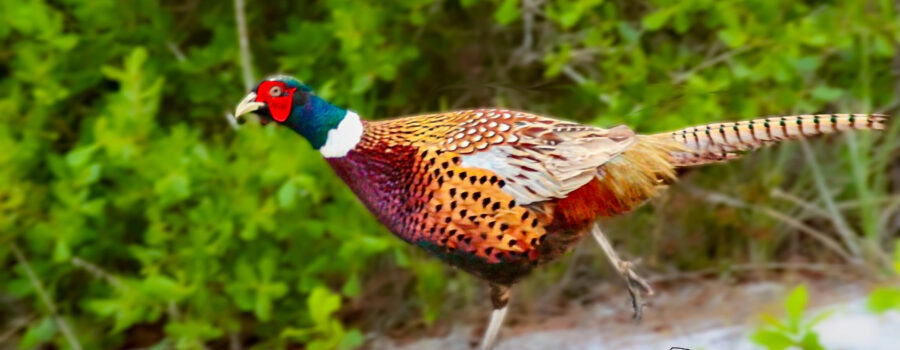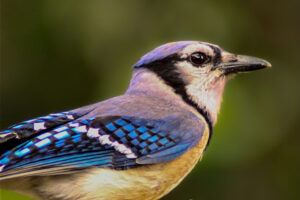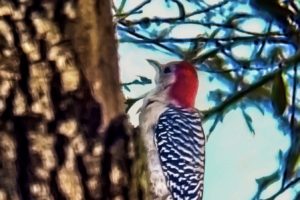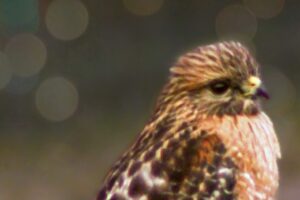An Unusual Sighting of a Common, but Beautiful Bird

A couple weeks ago, I went out to Cedar Key for the sunset after work. On the way, I stopped at the Lower Suwannee Wildlife Management Area and took a short hike on one of the nature trail there. Most of what I saw on that hike were plants or insects, but the highlight was this male ring necked pheasant (Phasianus colchicus) that I snuck up on. I caught a glimpse of it just before rounding a corner on the trail, so I stopped and moved quietly through the underbrush towards it to get these photos. These are very common birds throughout much of the northern hemisphere and are considered an introduced or naturalized species in the northern plains of the United States. The interesting thing is that they aren’t supposed to occur in the wild in Florida at all.

Ring necked or common pheasants originated in northern Asia, and were commonly farmed or hunted throughout history. As people moved around and armies conquered new lands, pheasants were introduced throughout much of Europe. In the 1700s they were brought to America both as game birds and as farmed livestock. They became so common in some areas that they are even the State Bird of South Dakota. They do best in environments that have lots of farmlands, overgrown pastures, or grass prairies. They spend most of their time on the ground although they are quite capable of rapid flight, especially when startled. They even nest on the ground, usually in a shallow scratch lined with vegetation. Males are polygamous and often have small harems in their territories. They are omnivorous, eating mostly seeds and grains, but they will also feed on insects, small lizards, frogs, and even occasionally small birds or mammals.

I’m not sure what this bird was doing out in the woods in central Florida. I have to assume that it either escaped from a farming situation somewhere nearby or that a number of them were set free somewhere for hunting purposes. Somehow this one (and perhaps others) found its way into the Wildlife Preserve. Either way, it seemed to have adapted to life in the wild and seemed to be doing well. Fortunately, even though it was keeping its eyes and ears open, it never realized that I was there hiding in the brush. It continued its walk down the path, stopping every now and then to nibble on some of the many seeding grasses that are out there right now.





Recent Comments